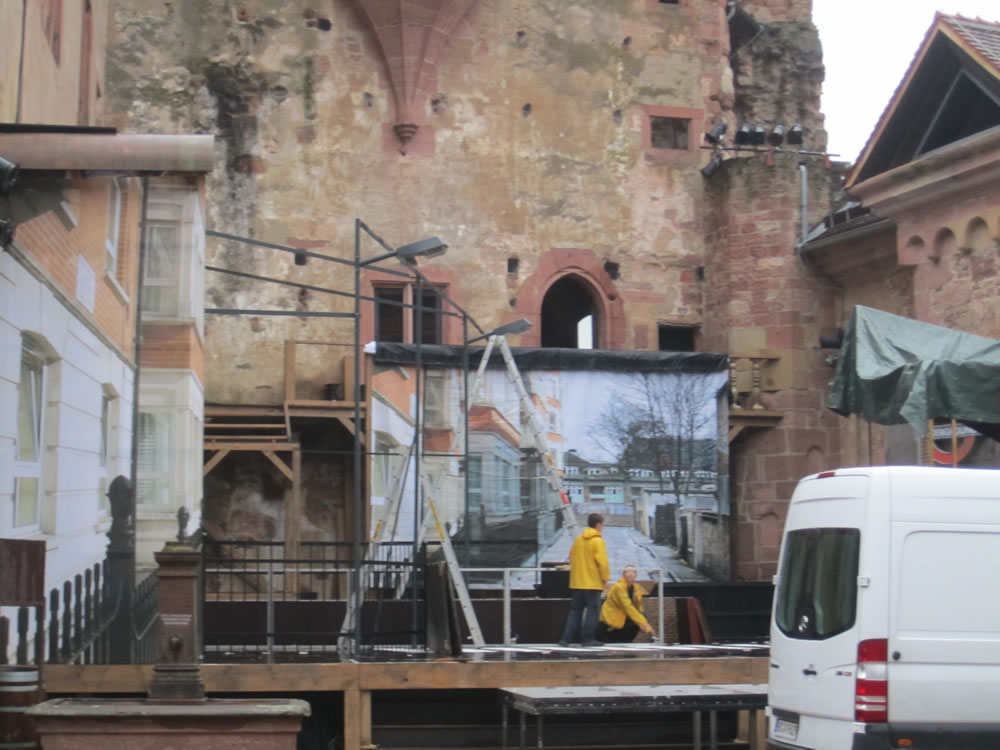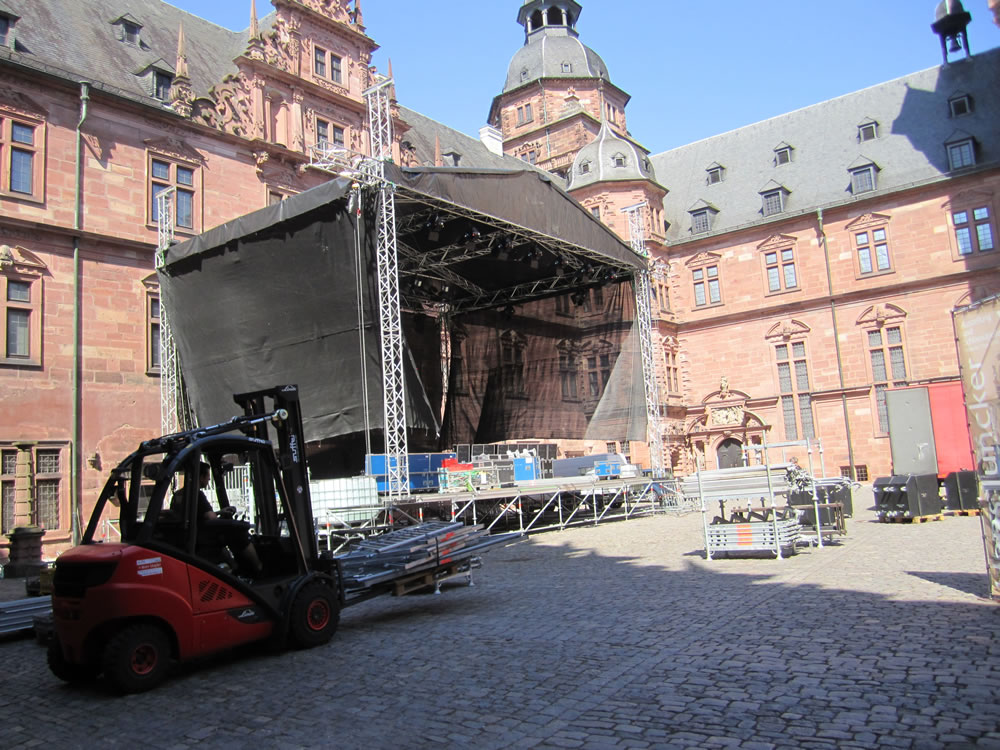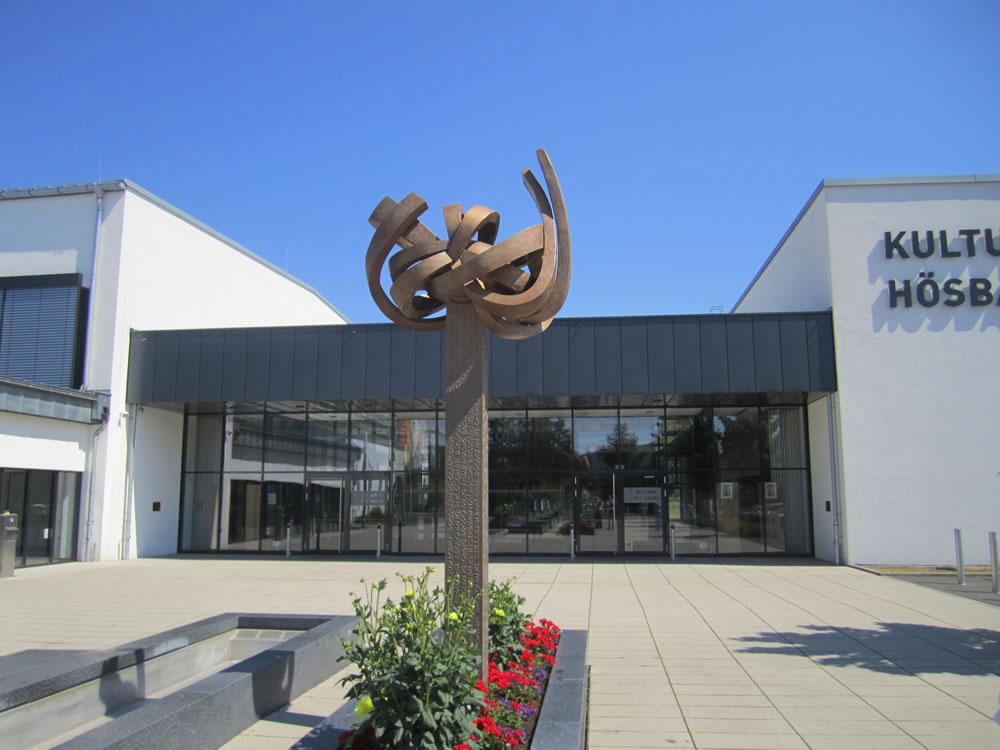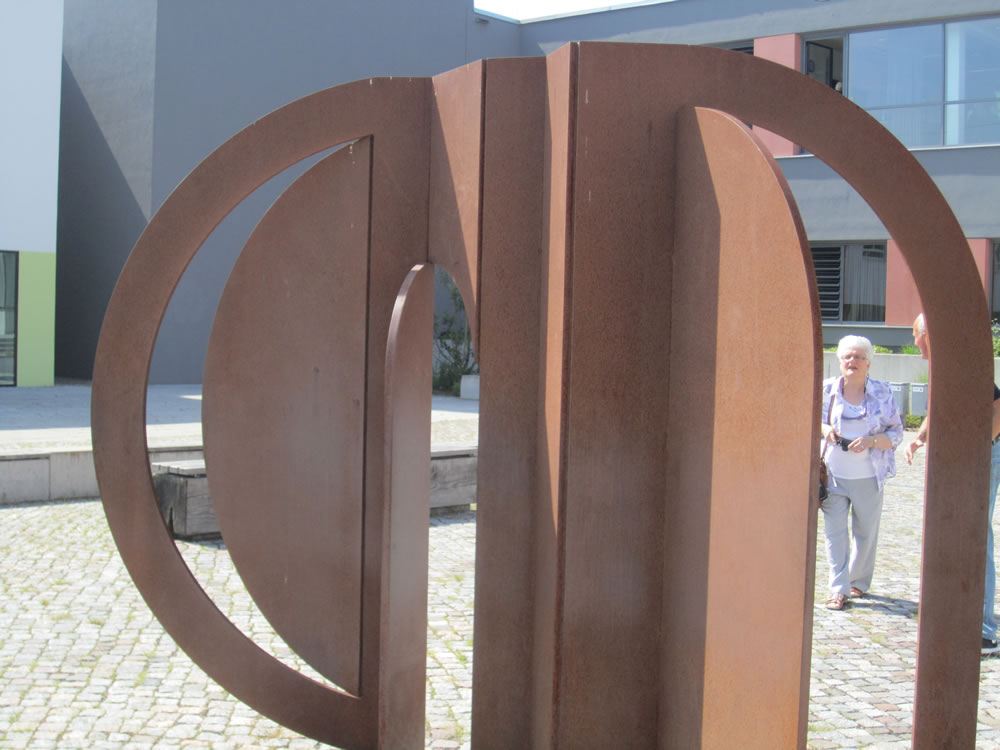A couple days ago, CityLab had an article about a fledgling sharing economy start up called Lokafy that pairs tourists with local residents willing to act as tour guides to the “real” areas of their city. Lokafy is so fledgling that it is only in Paris and Toronto with plans to shortly start the service in New York City.
What grabbed my attention about Lokafy was that they value people with artistic temperaments as guides.
Samra recruits “Lokafyers” through the “creative gigs” section on Craigslist. “I think it’s really great for travelers to meet the artists in a city because artists are the ones who kind of step back and interpret life and soak in what’s going on around them,” she says. She views the local guides as something between a tour leader and a friend.
Travelers can expect to see the hidden gems, says Samra. In Toronto, one Lokafyer took her guests to St. Lawrence Market by way of side streets so that they could see street art they may have overlooked.
This concept appealed to me on many levels. It provides a little flexible employment for people, especially artists. It exposes tourists to the work of local artists and helps them become invested in the city in ways they might not have on the usual tourist circuit.
It also gives creatives an opportunity to practice talking to regular people about art, allowing them to make mistakes and get feedback in a relatively low stakes environment.
As with other sharing economy services, I wondered in the back of my mind if this service would be able to scale up and still maintain its intimate connection with tourists. Just as real estate companies have come to dominate AirBnB listings in some cities, tour operators may end up taking advantage of the Lokafy’s image to the point where tourists frequently find that their local tour guide has ushered them on to a full tour bus.
It occurred to me that the value of this idea goes beyond tourism. Even if Lokafy doesn’t take off or spread to smaller cities around the U.S., a similar service sponsored out of the chamber of commerce, local arts council or convention and visitor’s bureau would be great for new residents.
Just moved to Columbus, OH; Birmingham, AL; Chattanooga, TN and want to get to know your city but don’t really know where to begin?
What if you could get a pre-screened personal guide to take you around to many interesting corners of the city, point out hidden treasures and provide historical insight into things you see everyday on the way to work, deepening your appreciation of your new home in ways the printed/web visitors’ guides can’t?
Only problem I see with this program becoming popular is that either: 1) You become good friends with the person who hired you as a tour guide. So should you be charging them to hang out tomorrow? or;
2) Your current friends think you are so awesome they want you to give tours to their friends and family for free, or;
3) Just like with your art practice, people think you shouldn’t need to be paid to have fun, ignoring the fact that you have spent time scrupulously assembling notes and plans for different neighborhoods.
If you have been reading my blog for the last year or so, I see this as an extension of the general “talking to strangers” concept I have been collecting and making attempts to implement.














Thanks for what you are doing to bring cultural change to the arts. It is so important to represent everyone.…